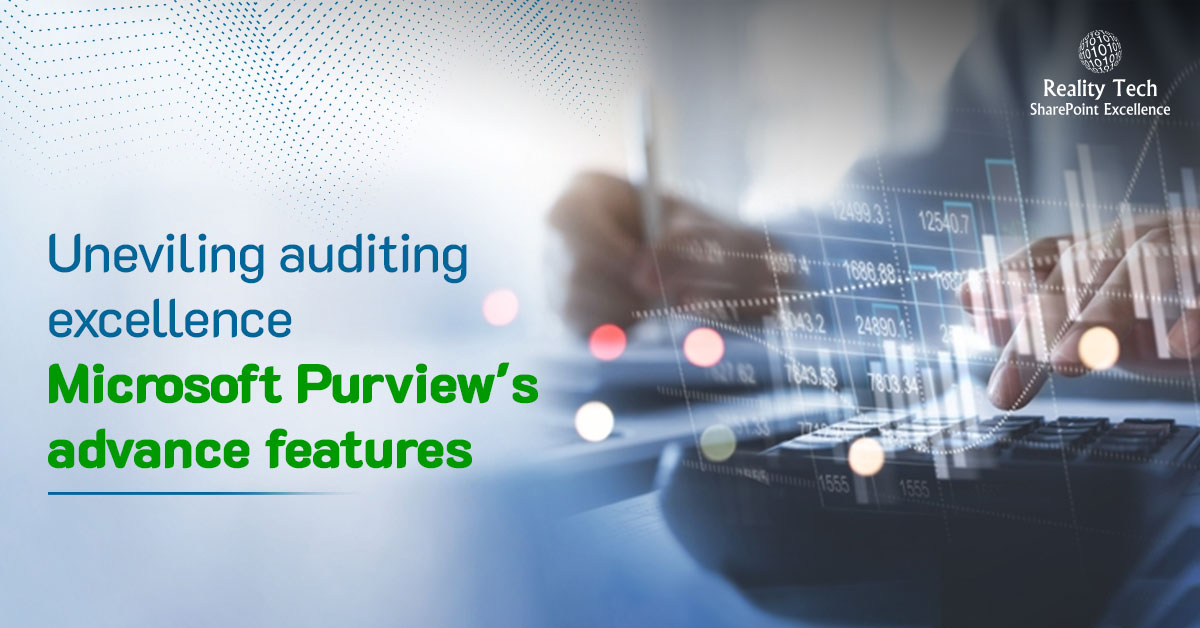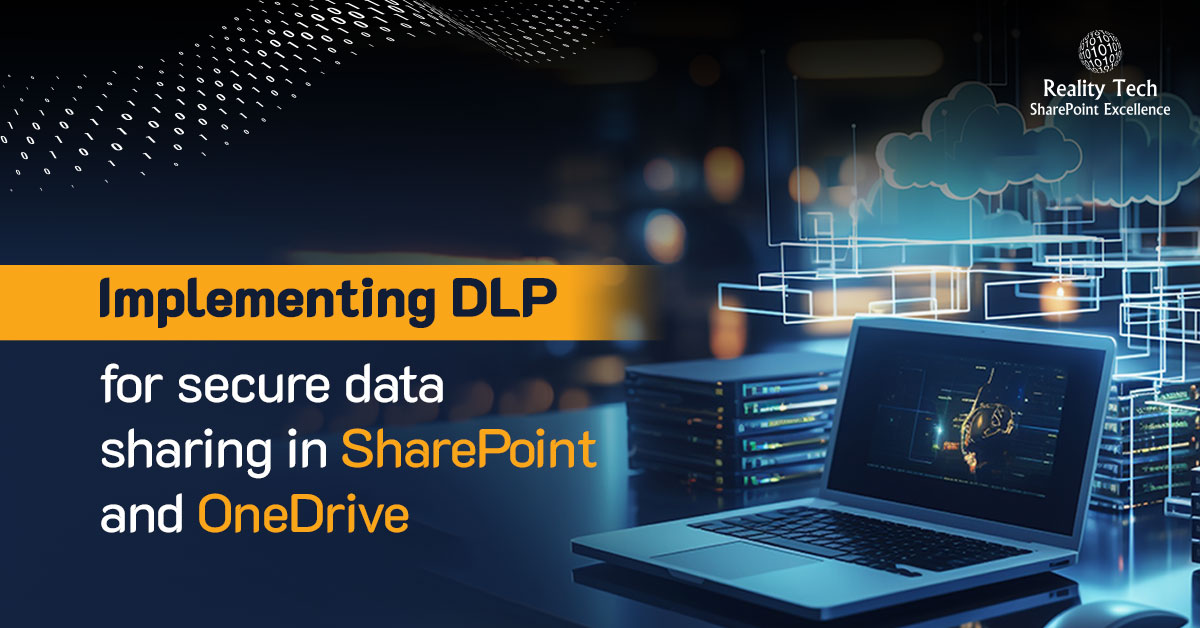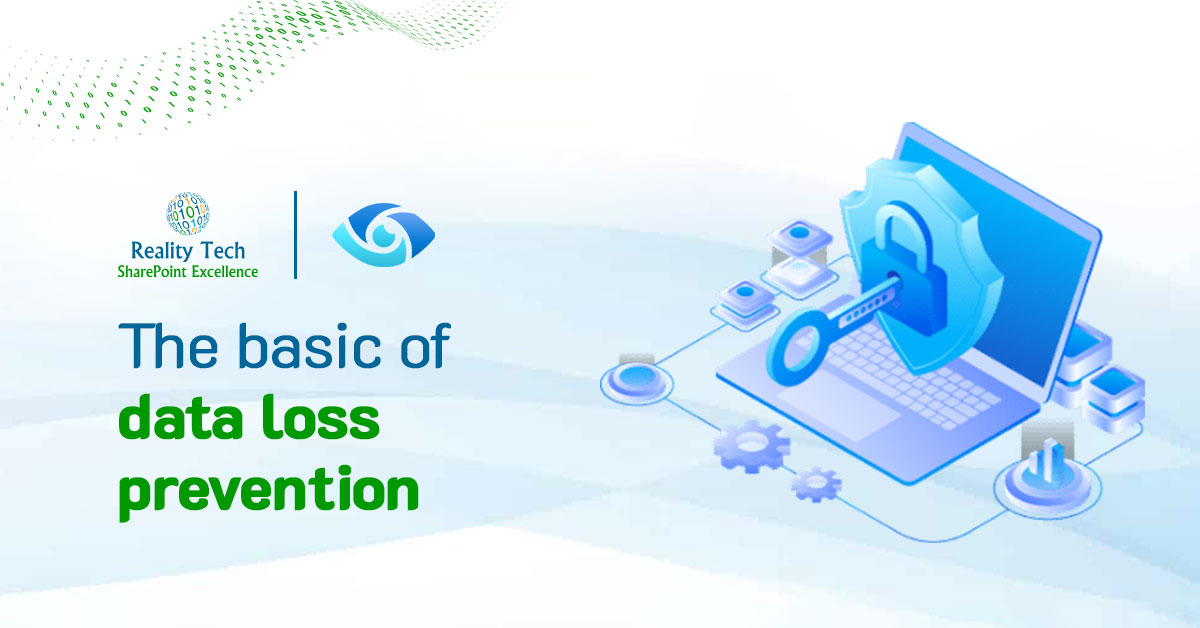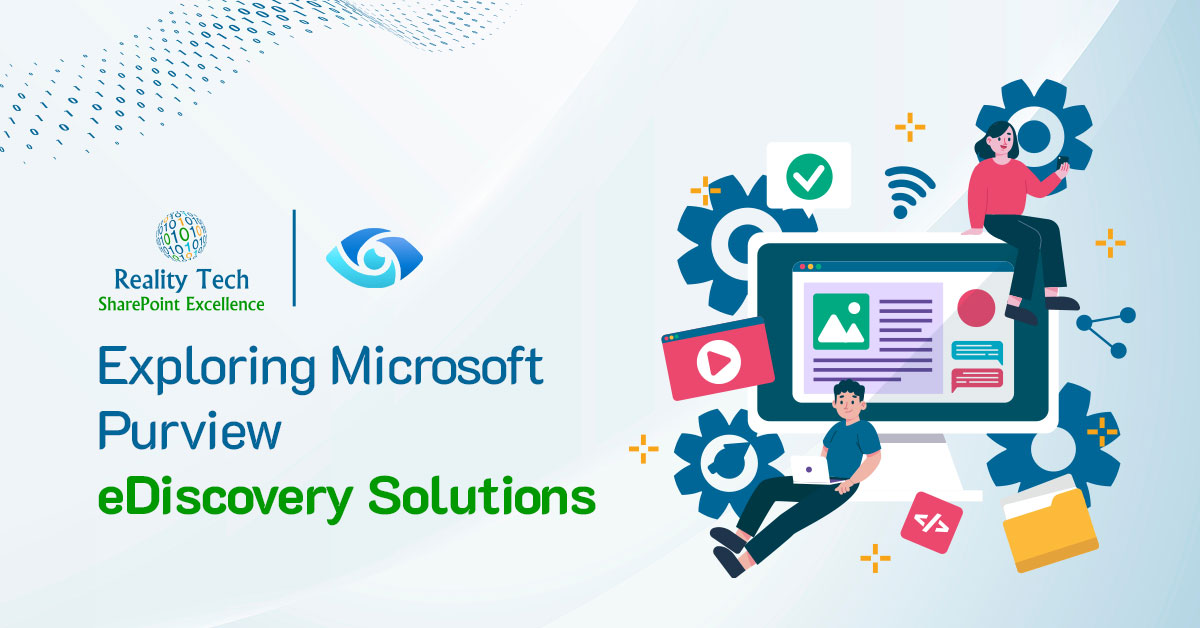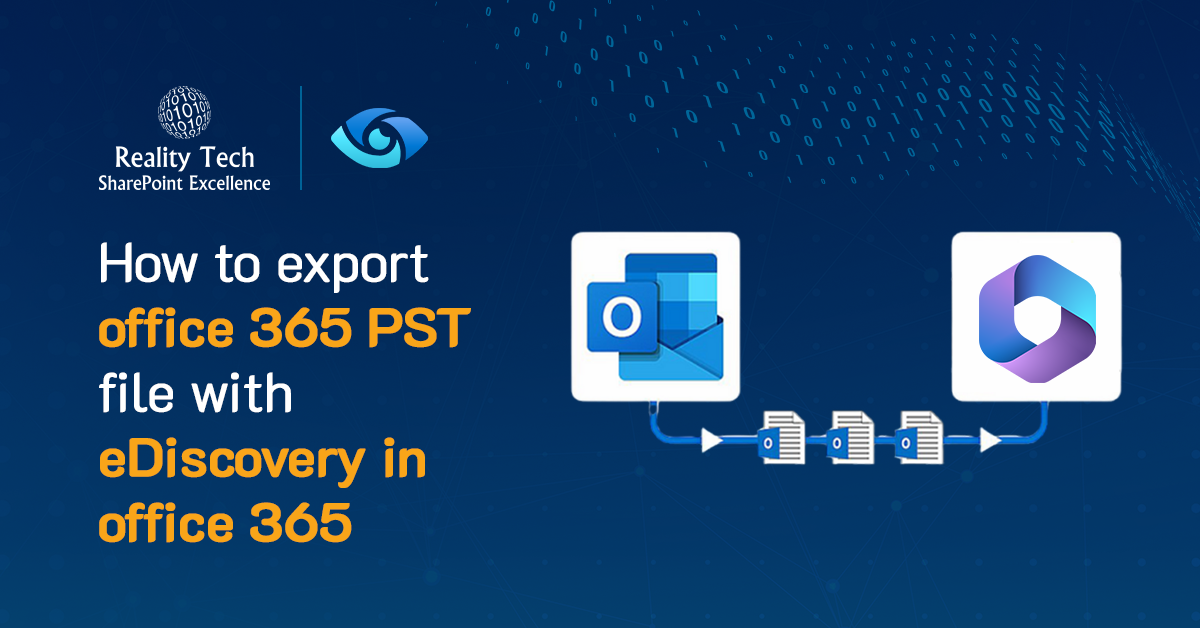Through experience configuring and upgrading PWA (Project Web Access also known as MS-Project Online), Reality Tech has an extensive set of best practices from real-world experience that feed our configuration and deployment process and can be summarized in some lessons learned that can be shared below.
The points below are the tip of the iceberg but are an excellent start at setting up an MS-Project Online project for success.
1. Define Scope and Objectives
Project Online has many capabilities, from resource management, demand management, budget and financial management, portfolio analysis, scheduling management, portfolio optimization, time tracking, and task management to name a few. The Key is limiting the project to those capabilities that are needed now, and are likely to be utilized soon.
2. Right-size for the Organization
Organizations able to identify the priorities and goals of their projects can often implement a more rigorous set of features in the initial phase than organizations with less definition and structure. It is much easier to define a narrowly restricted and more strongly typed and enforced set of metadata and policies at the onset. It is much harder to apply such disciplines later after project metadata is allowed to drift and become too diverse.
3. Select the Departments with care
In general, fewer departments mean that the configuration has to satisfy the requirements of a smaller set of users. If your implementation will start small and eventually have to meet the needs of a larger group, it is important to plan for expansion so that the configuration does not get locked into something that is inflexible and cannot grow.
4. Sponsorship
Support and expectations of senior leadership matters. One of the most important cultural factors in the success of an enterprise deployment of Project Online is that leadership is involved in the implementation and has a reasonable set of expectations for the amount that can be accomplished accurately in each phase of the project. Involvement drives acceptance; setting reasonable expectations allows the organization to learn and mature more quickly.
5. Organizational Maturity and Readiness
Maturity of the project management discipline in the organization matters. Project Online has a large number of features to improve the way you manage projects centrally and across the organization. If your organization is new to project management, it will be difficult, if not impossible, to absorb all the capabilities at one time. History shows that staging the introduction of features over phases improves success and shortens the timeframe of the overall implementation.
6. Defining the Benefits and Value
The value to management and end users matters. The Project Online system must provide value to everyone who uses it. During the planning and rollout of the system, its value must be communicated.
7. Number of Individuals and Projects Involved
Care must be taken to stage the rollout of the solution correctly so that the users are trained at the right time and the projects to be managed are added to the system when it makes the most sense. Training too early or too late causes frustration and might inject excessive errors into the system. Projects should be reviewed to see whether they have been properly set up before they are added to the system. In addition, some projects might be at a critical point in their execution. Changing the way that a project is managed at the wrong time in its lifecycle might add an unacceptable amount of additional risk.
Are you in need of assistance? We can help!
Book a live 1-on-1 call with the experts of Reality Tech to find out how we will help you to achieve your goal.
8. Leverage out-of-box Capabilities
Avoid customizing, without first exhausting out-of-box capabilities.
9. Never take a Project “offline”
Exporting a plan, going offline, and then trying to re-import the project is at best a tedious, manual, and error-prone effort. At worst, it can be a recipe for disaster, leading to inconsistencies or even corruption of the project plan. Simply put, train users to never do it.
10. Permissions Model
Understand that Project Online security works quite differently than SharePoint. Start by adapting Categories, Groups, and Security Templates to serve access needs. Be aware that, unlike SharePoint, Project Online offers “Deny” permissions, which should be used with care. Lastly, the project sites get automatically permission based on the Project Online group assignments.
11. Avoid Granular Permissions where Possible
Project Online allows extremely fine-grained permissions and assignment control. Avoid user-level projects and access assignments if at all possible, and limit permissions settings to groups and categories.
12. Define Metadata with Care
Metadata is the core of enterprise project and program management. Consider carefully the types, values, and hierarchies.
13. Training
Users fluent in MS Project still need training. They will want to learn all about the enterprise and web capabilities, but also need to be made aware of the restrictions that necessarily arise from limiting end-user changes to enterprise-controlled metadata. Users will need to understand how to clear their cache, how to connect to the cloud, navigate between local and O365 cloud stored enterprise plans, the difference between drafts “Saved” and “Published”, and the importance of checking in their files.
MS-Project Online is a powerful enterprise project management system. Taking the time up-front, to consider settings, policies and organizational needs and impacts is crucial to a successful MS-Project Online deployment.





